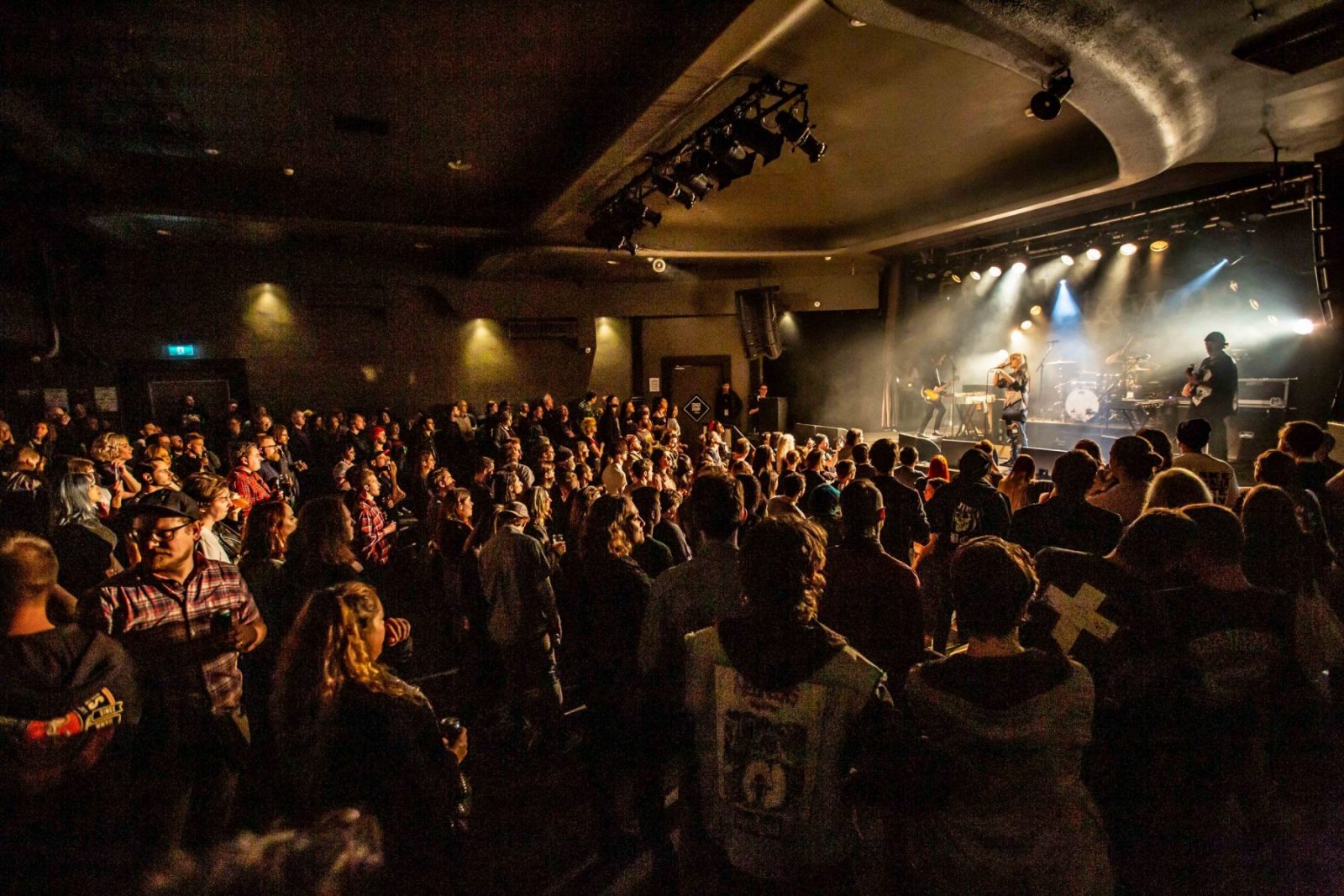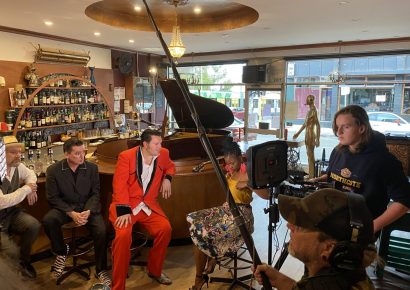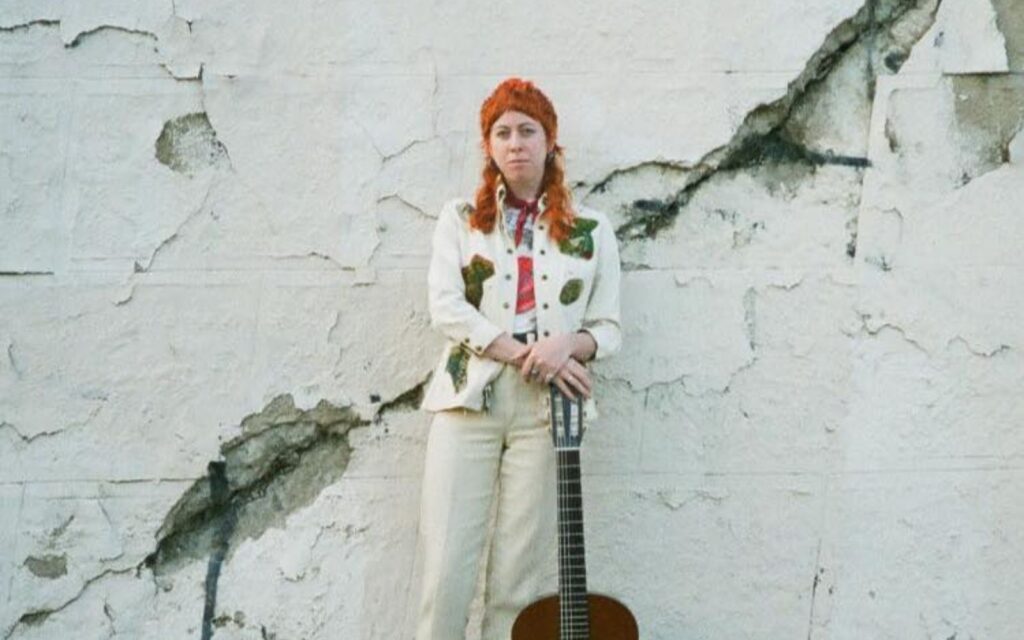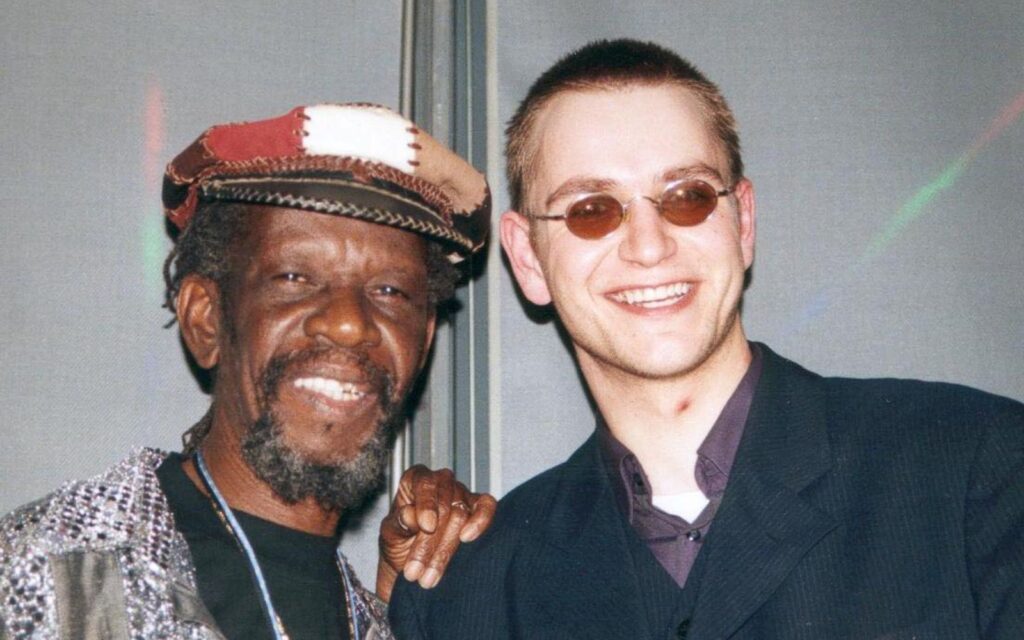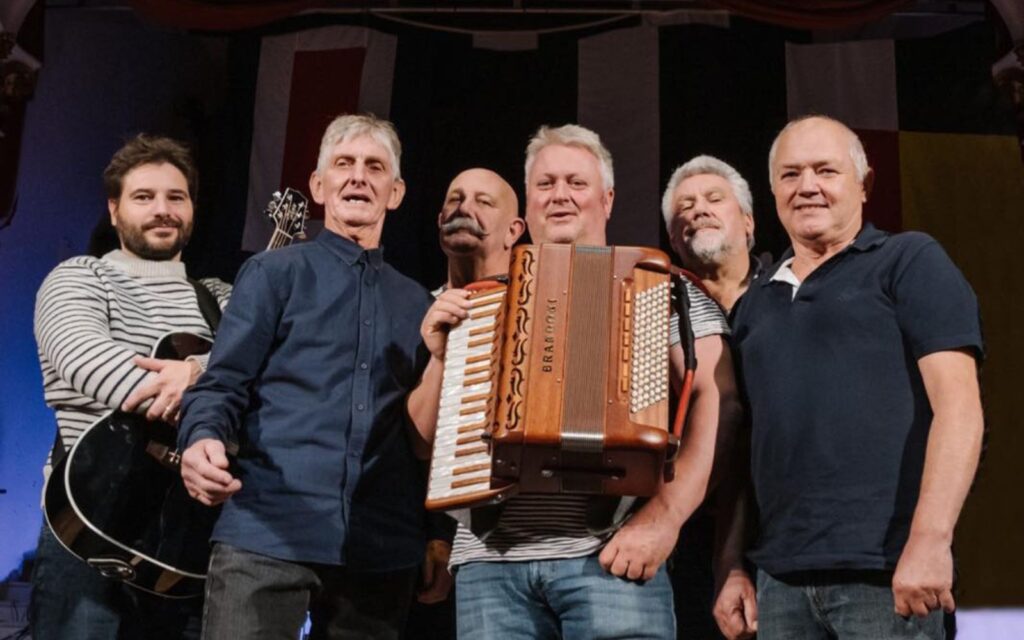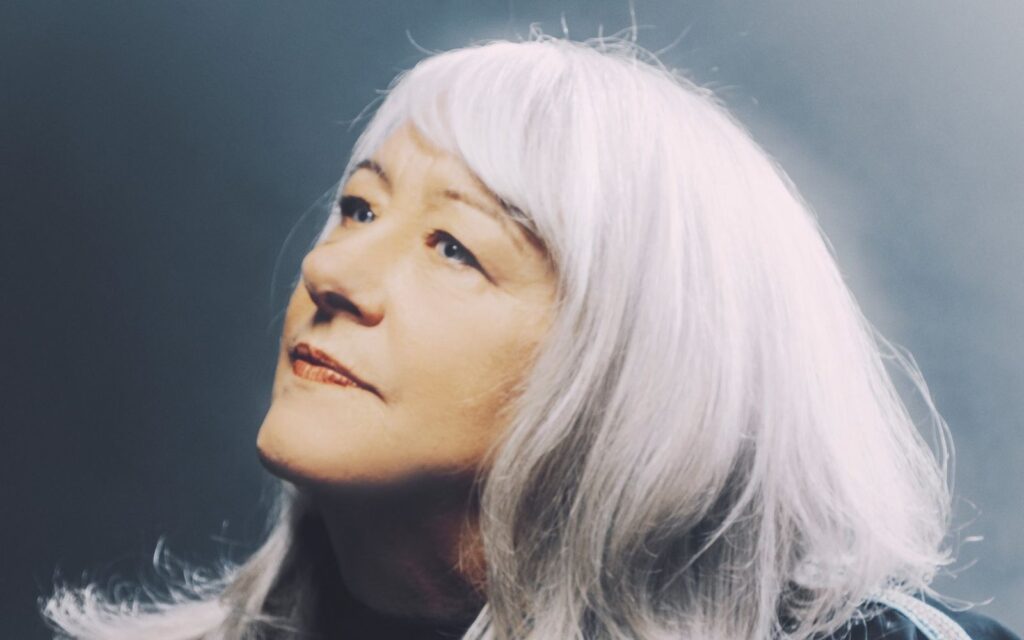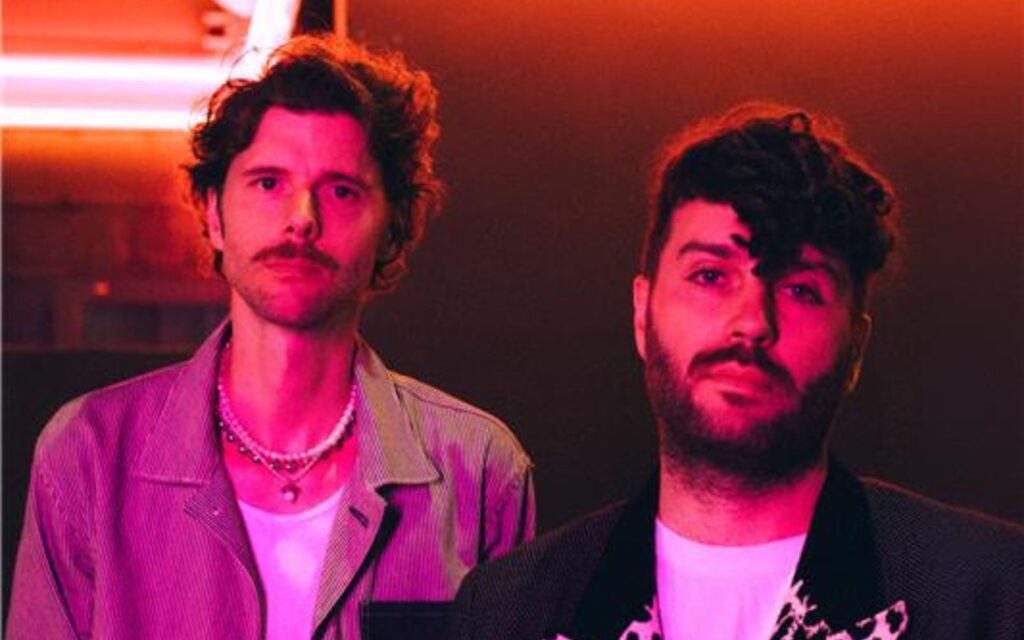For many venues, the move to 75 per cent capacity is meaningless so long as density quotients remain.
When visiting my mum in Sydney last month, I was shocked to see aisles of bare faced shoppers in the city’s supermarkets. Where were these people’s masks, for heaven’s sake?
But then, as the clock struck 6pm on Friday March 26, I found myself doing the same while stocking up on legumes at Aldi Preston South.
No, I hadn’t been infected with some New South Welsh strain of COVID-defiance. Rather, from Friday evening, Melburnians could go mask-less at the supermarket for the first time in eight months. It was one of a number of alterations to Victoria’s COVIDSafe settings announced by the Premier’s office last week.
Never miss a story. Sign up to Beat’s newsletter and you’ll be served fresh music, arts, food and culture stories five times a week.
As part of the latest easing of restrictions, seated and non-seated live music venues can now run at 75 per cent capacity up to a maximum of 1,000 people per space. Event promoters still have to apply via the Public Events Framework if they want to exceed 1,000 people, but maximum patron limits no longer apply in nightclubs and on dancefloors.
However, all venues need to adhere to the one person per two sqm rule, which is where the shine starts to wear off the announcement.
Speaking to the media on Friday morning, Rod Smith, general manager of the Corner Hotel and Northcote Social Club, contrasted the benevolent tone of the Premier’s announcement with the on-the-ground reality for Melbourne’s independent venues.
“The recent announcements made no material change to our ability to trade,” he said. “The fact is that we have been and are currently bound by a one per two square metre density quotient, which effectively means trading at about a third of our capacity.”
Under these restrictions, the 750-capacity Corner Hotel can hold just hold 280 people, bringing revenue down 60-70 per cent on pre-pandemic levels.
Meanwhile, the effort that goes into putting on a show is “the same,” said Smith. “The same amount of work, you still need to pay the artist, the sound production crews, you have to staff it.”
Smith is one of several spokespeople for Save Our Scene, an initiative representing independent small-to-medium music venues across Victoria. Save Our Scene’s demands have taken on additional urgency in recent weeks given the cessation of the federal government’s JobKeeper payment scheme.
View this post on Instagram
Rent relief is also about to be cut off, which pushes Victoria’s live music sector into perilous waters, especially considering venues’ operational costs – rent, payroll, taxes, licensing and so on – remain fixed.
“We’re in trouble, basically,” said Smith. “We need help.”
For Evelyn Richardson, CEO of Live Performance Australia, the 75 per cent capacity limit is unnecessarily conservative and should be scrapped.
“It’s time to move to 100 per cent, indoor and outdoor,” she says. “On the indoor, it’s one thing to get to 100 per cent but as for the one per two square metre rule, for smaller live music venues, that’s not financially viable. We’re certainly expressing that very strongly to government.”
It’s no secret that the financial models in the live music sector are incredibly fragile, making it impossible for most venues to break even while operating at reduced capacities.
With JobKeeper ending, the ongoing density limits could quickly threaten the durability of Melbourne’s status as the country’s live music capital.
But even if you couldn’t give a rat’s about Melbourne’s live music reputation, the reality is people will start losing their jobs if things don’t change.
“We’re concerned about where we’ll be sitting in a month’s time, three months’ time,” says Richardson. “The longer we have to try and operate with these kinds of restrictions, then the more difficult it is for people and the more [employees] you lose.”
Restrictions vary around the country. In New South Wales, for example, entertainment venues can run at 100 per cent of seated capacity, although they, too, are bound by the one per two square metre rule. Smith is more inclined towards the South Australian model, which allows three people per four square metres.
“[That’s] still largely unsustainable,” he said, “but at least that would be a positive move in the right direction.”
As for events-of-scale – concerts, festivals and the like – prospective promoters must still apply via the Public Events Framework. It’s a complex system requiring the submission of a COVIDSafe Event Plan for review and approval – which can take a while.
“They’ve been very slow at reviewing the applications from the live music sector,” says Richardson. “Priority, it would be appear, has been given to sport.”
That much seems clear. The MCG – located within a hop, skip and a jump of the Corner Hotel – is now permitted to hold 75,000 people.
View this post on Instagram
“It’s hard for us to understand,” said Smith. “What’s easier to contract trace: a few hundred [extra] people at the Corner Hotel on a Saturday night or 75,000 people at the MCG?”
Richardson is similarly baffled by the inconsistencies in live music restrictions versus major sporting events. As a member of the Live Entertainment Industry Forum, she works with colleagues from various sporting bodies.
“When we were developing a COVID plan for our venues, we know that settings are the same and the risk factors are broadly the same,” she says. “People are dancing, they’re singing, but they do that at a football game, really. There’s very little difference in terms of people’s behaviour in those settings.”
The bottom line is no one in the live music industry wants to be in a position where they have to keep asking government for money, be it in the form of JobKeeper or business continuity grants. They want to get to back to work.
“People want to get back onstage, people want to start touring,” says Richardson. “In New Zealand they’ve got none of these restrictions. We need to be moving to that.”
